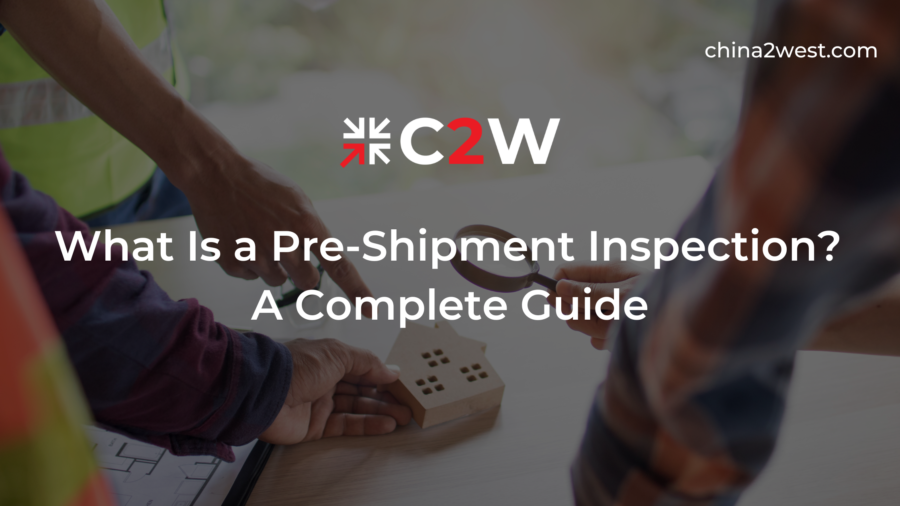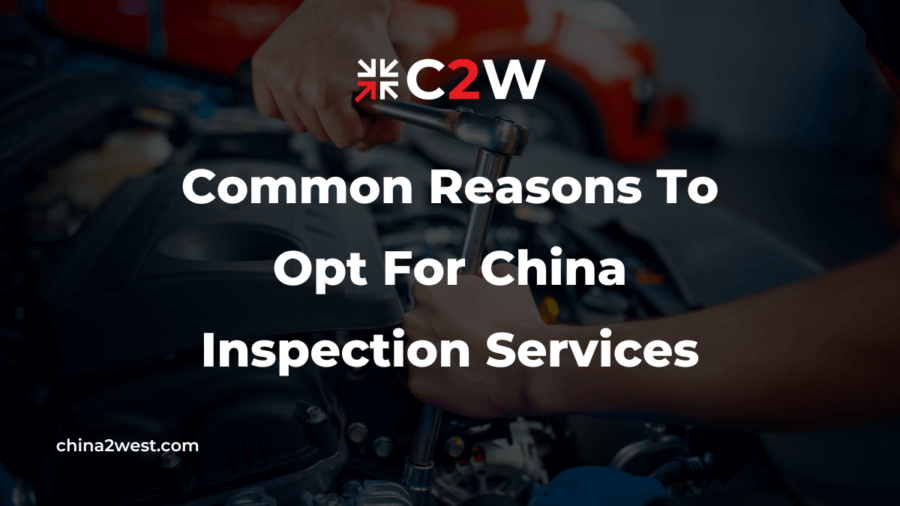Imagine creating your schedule and working from wherever you’d like. This is a reality for many business owners, and it’s part of why entrepreneurship is so attractive. If you outsource your labor, you can simplify your lifestyle even further due to the benefits it provides.
For people who outsource manufacturing to Chinese companies, it’s essential to have a robust inspection checklist for each of your shipments. A thorough inspection process goes a long way toward customer satisfaction.
Wondering “What is a pre-shipment inspection?” We’ve written a brief guide that outlines the key information you need to know. Let’s explore the most important details to keep in mind.
What Is a Pre-Shipment Inspection?
This process involves checking various details of a shipment before it’s sent to the recipient. Its primary goals are to check for defects, ensure compliance, and issue reports. These inspections are performed by accredited inspection agencies.
After they complete the inspection, the agency will create a report that details its findings. This report will accompany the shipment to its destination.
The Process
Pre-shipment inspections consist of various steps, and it’s important to understand them so you can perform the inspection. This will ensure everything is properly accounted for. Let’s explore them in detail below.
Inspection Visits
These occur on-site at factories or production houses. Some shipments contain harmful chemicals. In these cases, inspectors could advise off-site testing in a laboratory.
This scenario commonly arises if shipments contain a notable amount of lead. This substance is highly regulated and can easily harm those who interact with it. Situations like these can delay shipment, but they’re necessary to ensure safety.
Quantity Verification
No pre-shipment inspection is complete without quantity verification. This process ensures both the correct number of boxes and products are shipped to the recipient.
Inspectors will verify the appropriate packing materials were used for safe transportation. They’ll also check that the correct packaging labels are placed on the shipment.
Random Assessments
For large batches, random selection is the preferred process. Some orders simply have too much volume to manually inspect each unit.
The criteria for random selections will differ depending on the situation. For example, an inspector might examine every 50th unit in a batch of 1,000.
This method aims to discover underlying issues that would normally be impractical to find. Let’s assume an inspector chooses the 30th, 90th, and 200th units in a batch. If these all have problems, chances are that most of the batch does.
Workmanship Checks
It’s imperative to check the workmanship of shipment products. This will allow you to determine visible defects that would lead to customer dissatisfaction. In some cases, defects can also be dangerous.
This is especially true regarding electronic devices. Defects are generally classified as minor, major, or critical. This determination is made based on acceptable tolerance levels.
These are generally agreed upon between the supplier and manufacturer during product development. So, everyone should always be on the same page.
Conformity Verification
This involves checking a shipment’s product dimensions, labeling, and construction. If the inspection includes garments, the inspector will check that the shipment has the correct sizes.
Depending on the product you work with, its dimensions could be crucial to consider. This is an opportunity to compare the finished product’s measurements with those of the original design. This is often regarded as the most important part of the inspection process.
Function/Safety Tests
Function and safety tests will differ depending on the product involved. They’re typically divided into three categories: electrical, mechanical, and testing for garments.
All electronic products must be tested to ensure they comply with safety regulations. Otherwise, they can’t be properly labeled and certified. High voltage tests are used to measure a product’s ability to withstand voltage between the ground and the product’s circuit.
Mechanical testing assesses whether a design could injure the user’s appendages. They check to see if injury could occur through pinching, cutting, crushing, or trapping. This type of test also checks critical components like hinges and screws.
Testing for garments focuses on fabric density and thickness. Inspectors will also check the strength of accessories, buttons, and zippers.
Fatigue tests and stretch tests are also performed. If the garment passes the checks, it can be shipped.
Inspection Reports
After inspections are complete, the inspector will create a report that includes key details. Many pre-inspection reports will include images that outline all major inspection points.
This allows recipients to see exactly what was covered. It also supports the claims the inspectors make.
The report will give a pass or fail result based on these findings. If you disagree with the inspector’s assessment, it’s best to contact the manufacturer or inspection agency. They can likely provide additional information about the inspection.
Finding a Manufacturer
When looking for a manufacturer, it’s crucial to research their past reputation. This provides valuable insight into what you can expect from working with them.
Explore what people say in online reviews about their professionalism, timeliness, and communicativeness. Ask about their pricing structure for moving forward.
The last thing you want is to encounter financial surprises. Only work with manufacturers who collaborate with companies like yours.
If they don’t seem to understand your business model or needs, this is a sign you should look elsewhere. Assess their enthusiasm, as well. Companies that aren’t interested in helping you will fall short of your goals.
You can gauge this by how many questions they ask. Interested manufacturers will always want to learn more. As long as you do your due diligence, you shouldn’t encounter issues.
Never Neglect Pre-Shipment Inspections
Inspecting your shipments is crucial for preventing issues. Under no circumstances should you overlook them, even if it would save time. Keep the answer to “What is a pre-shipment inspection” in mind so you can make the best decision for your business.
China 2 West Services is a Western-owned and managed manufacturing and supply chain consultancy. We provide services like product development and quality control throughout China. You can learn more about the amazing benefits we can offer your business by booking a consultation today.




